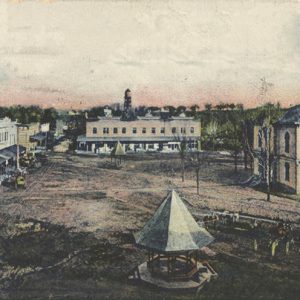 Clarksville Street Scene
Clarksville Street Scene
Entry Type: Place - Starting with C
 Clarksville Street Scene
Clarksville Street Scene
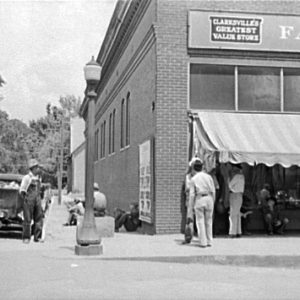 Clarksville Street Scene
Clarksville Street Scene
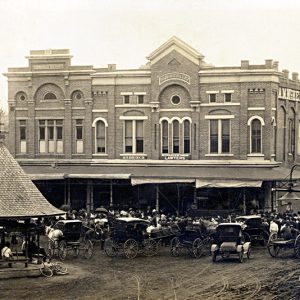 Clarksville Street Scene
Clarksville Street Scene
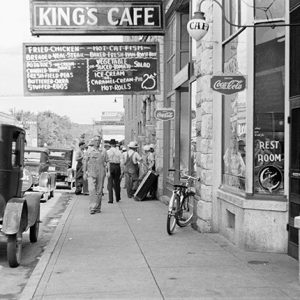 Clarksville Street Scene
Clarksville Street Scene
Claunch (Craighead County)
Clay County
 Clay County Courthouse
Clay County Courthouse
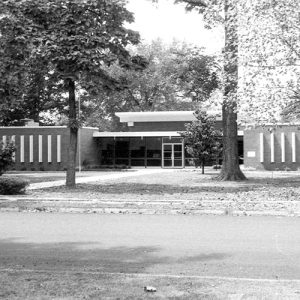 Clay County Courthouse
Clay County Courthouse
 Clay County Jail
Clay County Jail
 Clay County Oil Company Well No. 1
Clay County Oil Company Well No. 1
Clayton House
aka: W. H. H. Clayton Home
 William H. H. Clayton House
William H. H. Clayton House
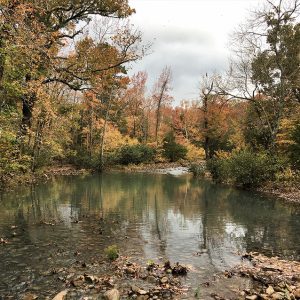 Clear Fork Creek
Clear Fork Creek
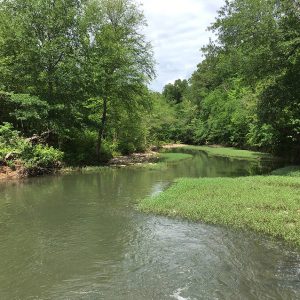 Clear Fork Creek
Clear Fork Creek
Clear Spring (Clark County)
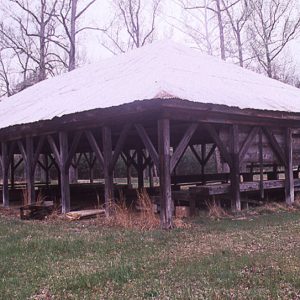 Clear Springs Tabernacle
Clear Springs Tabernacle
Cleburne County
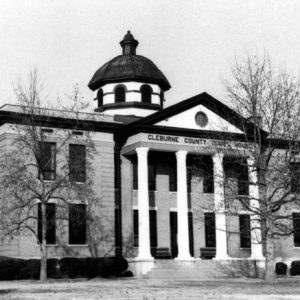 Cleburne County Courthouse
Cleburne County Courthouse
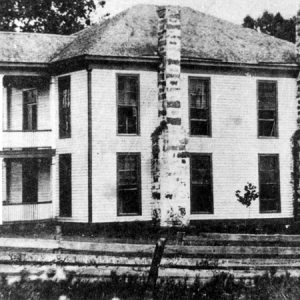 First Cleburne County Courthouse
First Cleburne County Courthouse
 Cleburne County Courthouse
Cleburne County Courthouse
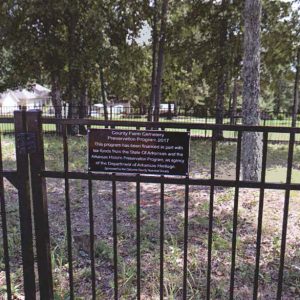 Cleburne County Farm Cemetery
Cleburne County Farm Cemetery
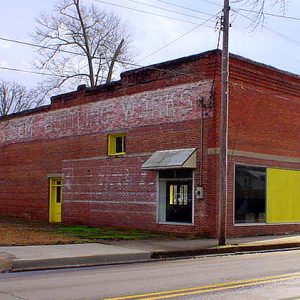 Clem's Bottling Works
Clem's Bottling Works
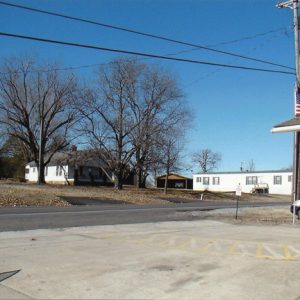 Cleveland
Cleveland
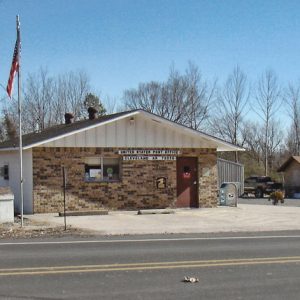 Cleveland Post Office
Cleveland Post Office
 Cleveland Poultry Farm
Cleveland Poultry Farm
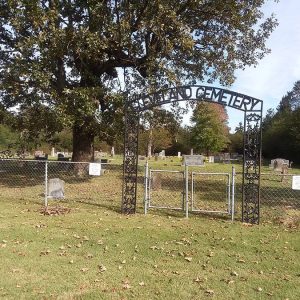 Cleveland Cemetery
Cleveland Cemetery
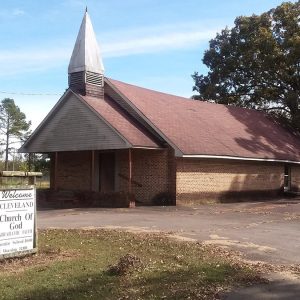 Cleveland Church of God
Cleveland Church of God
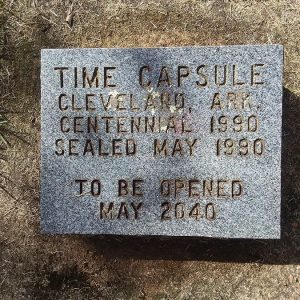 Cleveland Time Capsule
Cleveland Time Capsule
Cleveland (Conway County)
Cleveland County
 Cleveland County Courthouse
Cleveland County Courthouse
 Cleveland Street Scene
Cleveland Street Scene
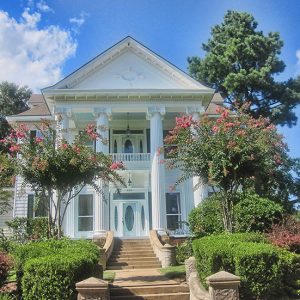 Clifton and Greening Streets Historic District
Clifton and Greening Streets Historic District
Clifton and Greening Streets Historic District
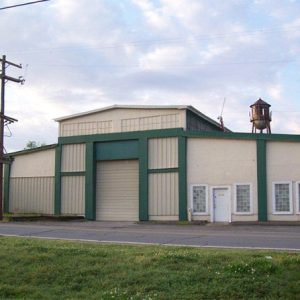 Climber Manufacturing Building
Climber Manufacturing Building
Clinton (Van Buren County)
Clinton Birthplace
aka: President William Jefferson Clinton Birthplace Home National Historic Site
aka: Bill Clinton Birthplace
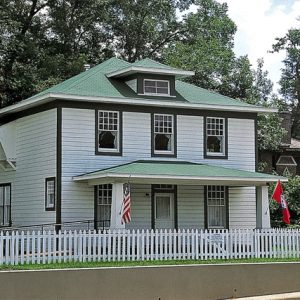 Clinton Birthplace
Clinton Birthplace
 Clinton Building
Clinton Building
 Clinton Presidential Library and Museum
Clinton Presidential Library and Museum
 Clinton Presidential Library and Museum
Clinton Presidential Library and Museum
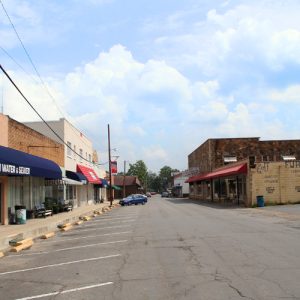 Clinton Street Scene
Clinton Street Scene
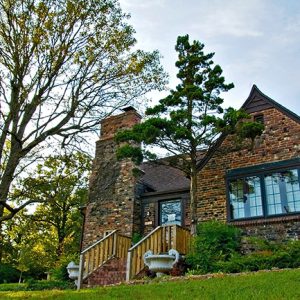 Clintons' House
Clintons' House
 Bill Clinton Boyhood Home
Bill Clinton Boyhood Home
 Clover Bend Historic District
Clover Bend Historic District
Clover Bend Historic District
aka: Clover Bend (Lawrence County)
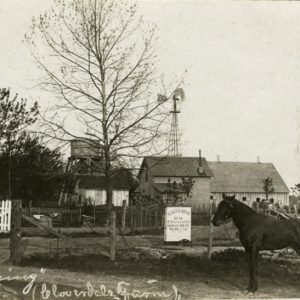 Cloverdale Farm
Cloverdale Farm
Coal Hill (Johnson County)
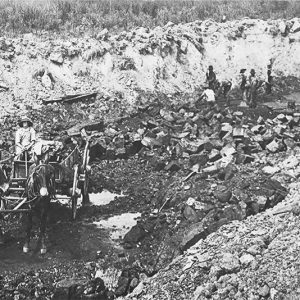 Coal Mining
Coal Mining
 Coal Pile Lake
Coal Pile Lake




